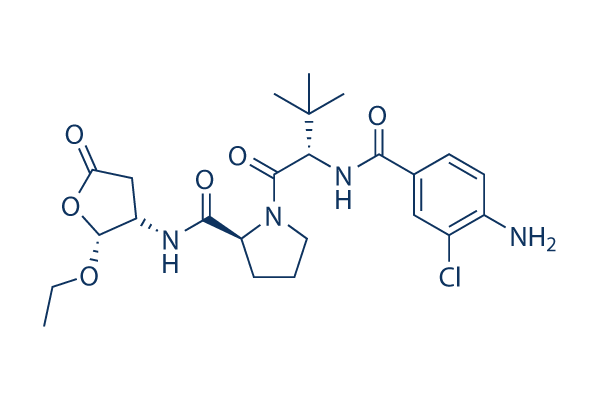We consequently hypothesized that identification of proteins that are involved in altered biochemical path approaches, through quantitative analysis on the amniocyte prote ome, will present insights into the causes of DS phenotypes. Amniotic fluid may be divided into two key compo nents, supernatant fluid and no cost floating fetal cells referred to as amniocytes. The proteome in the supernatant fluid has been actively studied, in pursuit of biomarker discovery for many prenatal conditions, such as DS. On the other hand, the proteome in the supernatant fluid poorly reflects intra cellular or molecular processes, since the intracellular proteome of fetal tissue is inadequately represented. Amniocytes are shed from all 3 germ layers on the fetus, and some of those cells that originate from embry onic and further embryonic tissues show stem cell like properties, enabling prolonged culture.
Despite the fact that amniocytes have long been used for routine prenatal diag nosis to get a selection of fetal abnormalities, characterization in the types and properties of cells that exist additional info in amniotic fluid has not yet been completed. Initial classifi cation of amniotic fluid cells was reported within the 1980s, grouping them into epithelioid, amniotic fluid distinct and fibroblastoid forms, according to their mor phological and growth characteristics. Not too long ago, amniocytes are recognized as a wealthy source for pluri potent stem cells which might be valuable for therapeutic purposes. In 1 study, human and rodent amniotic fluid cells expressing stem cell markers had been isolated, and had been successfully induced with development factors to differentiate into adipogenic, myogenic, osteogenic, neuronal, endothelial, and hepatic lineages.
Since amniocytes with T21 are expected to have a dis tinct selleck chemical biological behavior from CN amniocytes, we hypothesize that relative mass spectrometry primarily based quan tification and comparison of proteins developed from tri somy and euploid amniocytes will reveal dysregulated molecular pathways. To elucidate the impacted pathways and networks, we employed steady isotope labeling with amino acids in cell culture to execute an un biased relative quantitation of amniocyte proteins. SILAC offers global quantitation with high labelling  effi ciency with minimal sample manipulation and technical variations. In the second part of the present study, can didate proteins have been chosen according to the quantitative evaluation, to represent the potentially dysregulated net works in amniocytes with T21. The final element involved verification of your candidates via creating selected re action monitoring assays to quantitatively assess the differential expression in person amniocyte sam ples, obtained at numerous gestational weeks inside the second trimester.
effi ciency with minimal sample manipulation and technical variations. In the second part of the present study, can didate proteins have been chosen according to the quantitative evaluation, to represent the potentially dysregulated net works in amniocytes with T21. The final element involved verification of your candidates via creating selected re action monitoring assays to quantitatively assess the differential expression in person amniocyte sam ples, obtained at numerous gestational weeks inside the second trimester.
Hdac Assay
Histone deacetylase 7 is an enzyme that in humans is encoded by the HDAC7 gene.
